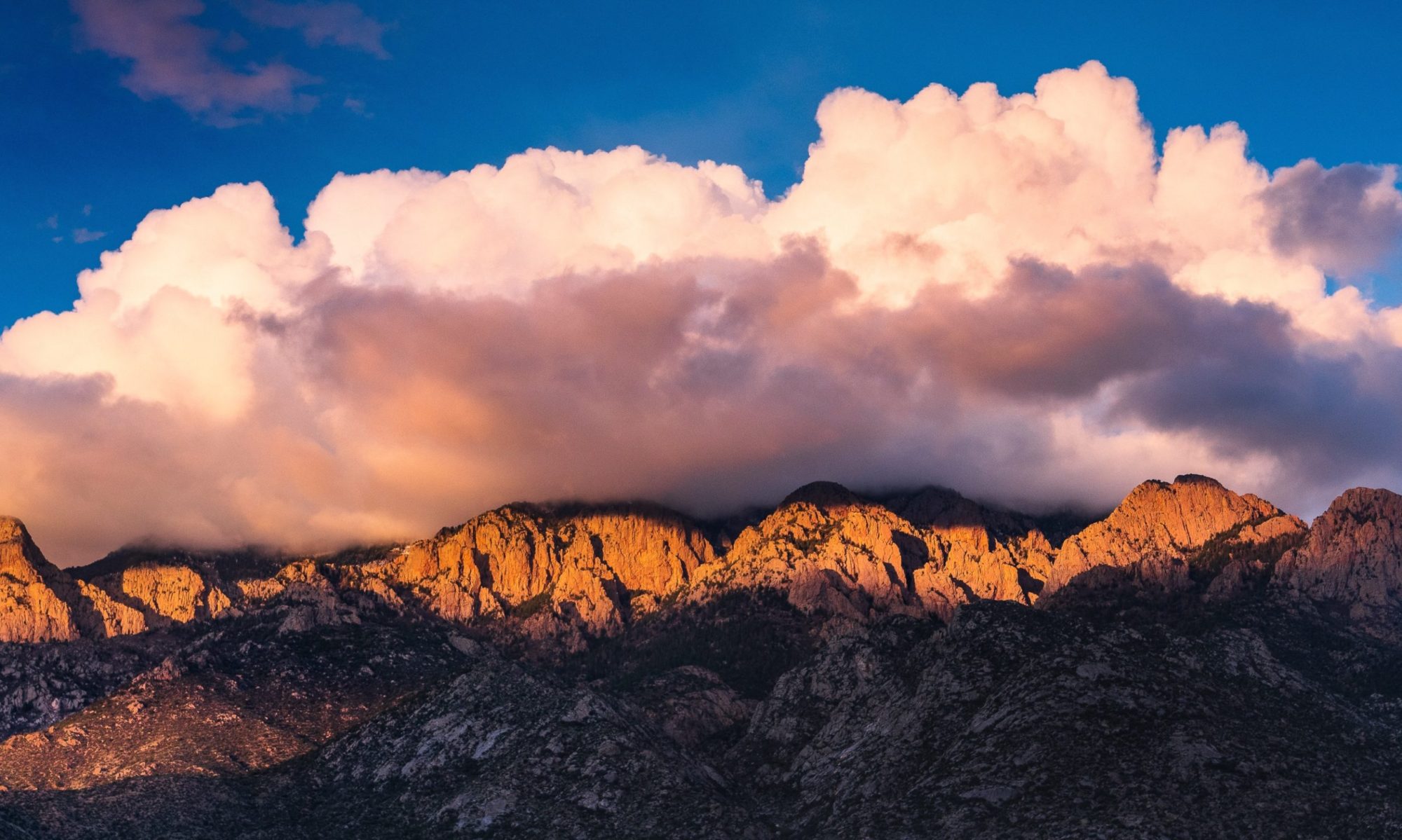“Through the institute’s glass doors, you enter a small vestibule with solid walls to each side. A second set of doors, which are locked, separates you from a receptionist at a circular desk, and she buzzes you into the lobby.
Four leather chairs surround a dark wood table on which brochures are fanned in display.
You pick one up. The text under a picture of the institute’s five-story building says:
The Embudo Population Institute stands in Embudo Canyon, among the foothills of the Sandia Mountains in Albuquerque, New Mexico. The name “Embudo” – “funnel” in Spanish – reflects not only the institute’s location but also its mission: to address the intractable problem of uncontrolled human population growth, and use state-of-the-art science to form strategies for reducing it to a sustainable level.”
————————————————————————————————————–
So, why would there be a research institute devoted to the study of human population?
In modern societies child mortality has decreased greatly and life expectancy has doubled. In 1803, human population first reached 1 billion. In 1927, 124 years later, it had doubled to 2
billion, and by 1975 it had doubled again, to 4 billion. Since then, every 12 years or so, we have been adding an additional billion people. In 2024 there will be 8 billion humans alive. The growth rate has declined since its peak in the early 1960’s, but because of the increase in our absolute numbers we continue to add about 82 million to our population each year. Even if birth rates decline as predicted, there will be 10 billion of us shortly after the middle of this century, and 11 billion by its end.
Public discussion often focuses on reducing human impact through technology, with shifting energy generation from fossil fuels to renewable resources receiving much of the attention. Discussion of our ever-growing population is less common, and when it does occur it rarely includes a plan to manage it. Yet all of our current environmental crises, from greenhouse gases and climate change, to destruction of rain forests and other habitats, to plastics in the oceans – the list goes on and on – are caused not just by the things we humans are doing, but also by the sheer number of us doing them.
